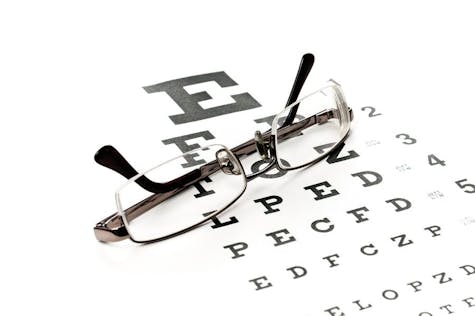
Low Vision Rehabilitation in Kalamazoo / Portage
Low vision is a visual impairment that cannot be corrected by medical or surgical intervention and is severe enough to interfere with the performance of everyday activities but still allows some usable vision. Low vision can be caused by age-related macular degeneration (AMD), diabetic retinopathy, and glaucoma.
AMD is a disease that blurs the central vision you need for “straight-ahead” activities such as reading, sewing, and driving. AMD affects the macula which is the part of the eye that allows you to see fine detail.
Diabetic retinopathy is a disease that affects blood vessels in the retina, which lines the back of the eye. Bleeding from abnormal retinal blood vessels can cause the appearance of “floating” spots in your vision. This is the most common cause of vision loss among diabetics and the leading cause of vision impairment among work-age adults.
Lastly, glaucoma is an eye condition that damages the optic nerve, which is vital for good vision. This damage is often caused by abnormally high pressure in your eye. Symptoms of glaucoma are patchy blind spots in peripheral or central vision, frequently in both eyes and tunnel vision in advanced stages.
With low vision rehabilitation, you will learn to adapt to vision loss and discover your limitations of vision and supplement your regular eyeglasses with special visual aids. Low vision rehabilitation in Kalamazoo and Portage is not a substitute for any ongoing medical treatment, nor will it reverse the process of vision loss, but it can improve and preserve as much of your sight as possible.
